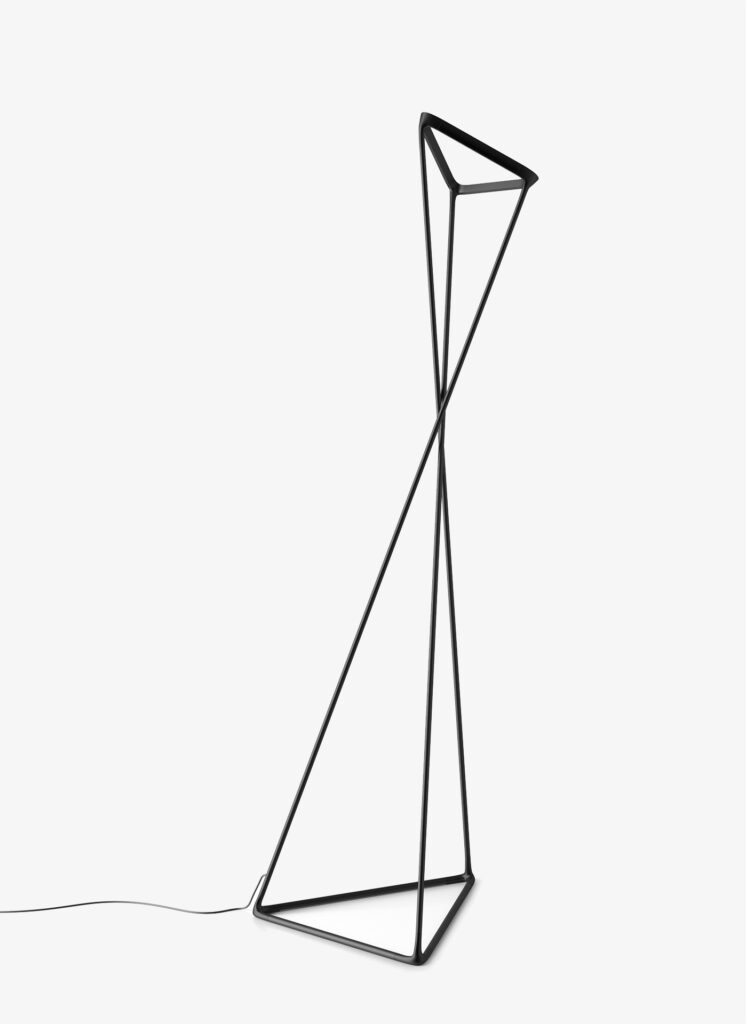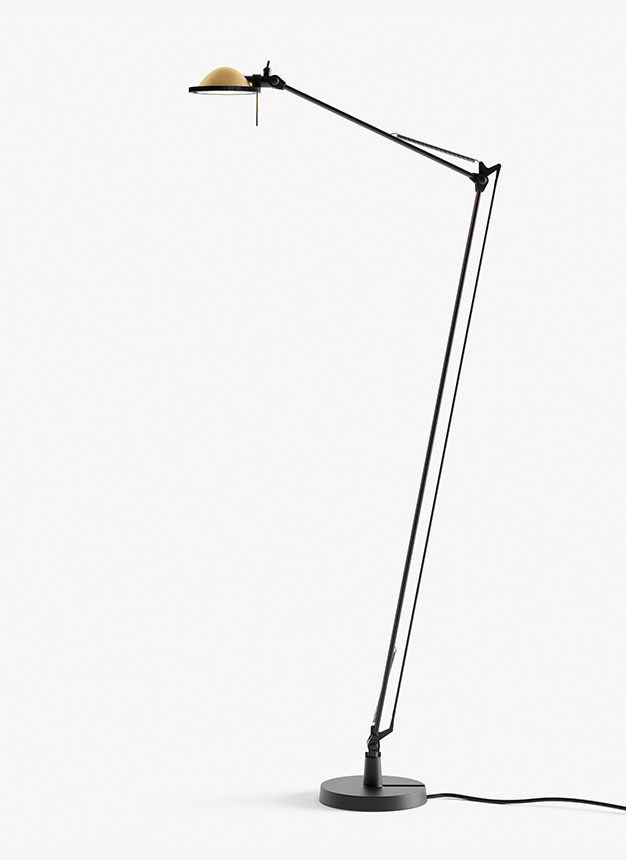Terra
Le lampade da terra Luceplan coniugano funzionalità ed eleganza dando vita a prodotti moderni e dalle alte prestazioni illuminotecniche.
Grazie a una varietà di finiture e design, si adattano ai diversi ambienti della casa rispondendo a esigenze differenti.
Lasciati ispirare dalle nostre soluzioni di illuminazione
Offriamo le soluzioni per ogni spazio, sia per ambienti pubblici o privati. Scopri le nostre referenze e lasciati ispirare.
Scopri i progetti
Scopri tutte le collezioni
Scarica il nostro catalogo e scopri tutte le nostre collezioni.
Download






































